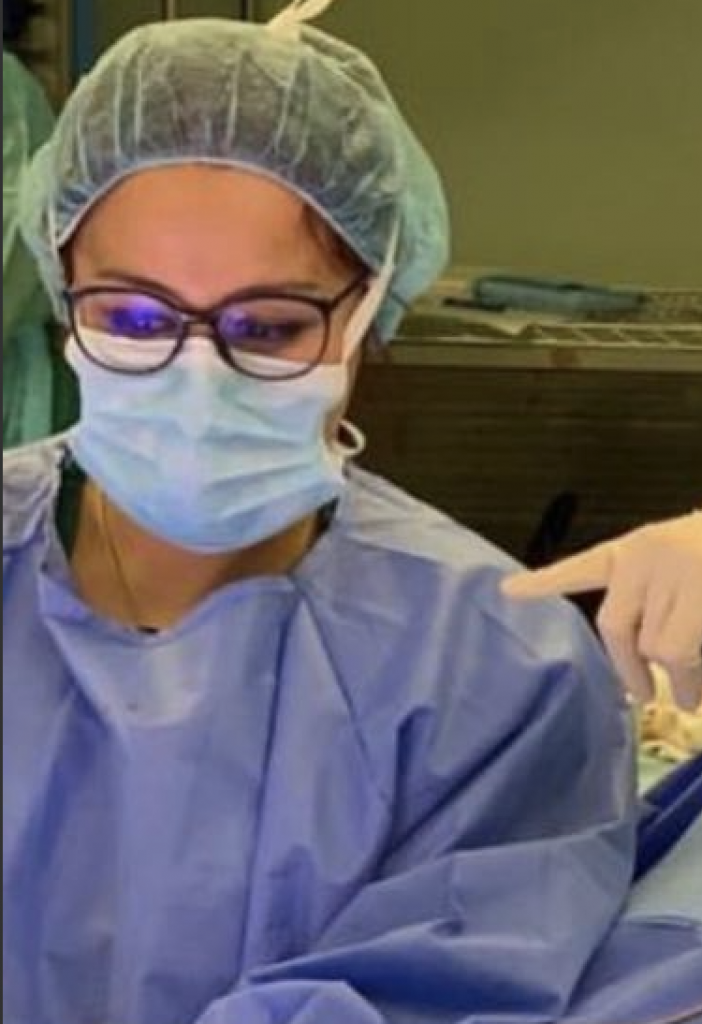As wide spread adoption of technology has increased in our daily lives, so too has the arsenal of options physicians have to utilize and implement technology to take care of patients. Telemedicine, or the “use of electronic information and communication technologies to provide and support health care,” has resulted in improved access to care, increased resource efficiency, and decreased costs associated with routine health care. Given the promise for this resource, it is expected that the telemedicine market will demonstrate annual growth rates ranging between 20-50% for the foreseeable future.

Fellow at @NYPHospital @ColumbiaSurgery Comprehensive Hernia Center
Surgeons have utilized telemedicine in a variety of ways over the last decade. Pre- and post-operative patient evaluations utilizing telemedicine has become common in private practice and academic settings. Without a doubt, the accomplishments of the US Department of Veterans Affairs (VA) stands as the most impressive implementation of telemedicine technology. Annual VA Video Visits exceed more than 1 million regularly, with continued growth and allotment of resources expected for the next few years. Within the surgical patient population, the VA has demonstrated safety and feasibility in applying telemedicine to patients undergoing general, urologic, neurosurgical, plastic, obstetric, and gynecologic procedures.
When considering new technologies, one must consider all stake holders and understand the impact that a deviation from the norm may have. Multiple studies analyzing patient satisfaction, time away from work, travel time, etc. have shown that patients are pleased with telemedicine encounters surrounding surgical care. Further, health care systems have demonstrated cost savings associated with implementation of telemedicine programs. For surgeons, telemedicine can provide an efficient means of evaluating patients and coordinating care. As the technology develops, utility in both rural and metropolitan settings must be assess to identify who would benefit most from these encounters.
For telemedicine to continue to grow, concerns related to ethics of the platform must be scrutinized and overcome. The system must develop in a manner to ensure that health care data breaches are guarded against such that patients and providers are confident in the privacy and security of programs. Beyond cyber-security, other barriers hinder the widespread adoption of telemedicine platforms. First, licensure and practice laws for health professionals must be adopted that allow surgeons to more easily interact and take care of patients across state and, eventually, international borders. Additionally, reimbursement strategies must be reformatted to allow for patients to be evaluated without physically being in the same place as their provider. At the national level, enthusiasm for telemedicine is increasing, and reimbursement related to origination site requirements and definitions of rural qualifications have been updated to make telemedicine encounters more broadly applicable.
In conclusion, telemedicine in surgery has received significant attention as patient satisfaction, decreased wait times, cost saving for both patients and health care systems have been demonstrated. With an emphasis on the patient and physician experience, telemedicine stands as an expected and natural evolution of surgical care. Moving forward, barriers at the local, regional, and national level must be overcome to allow for widespread dissemination and implementation of telemedicine in surgery.

